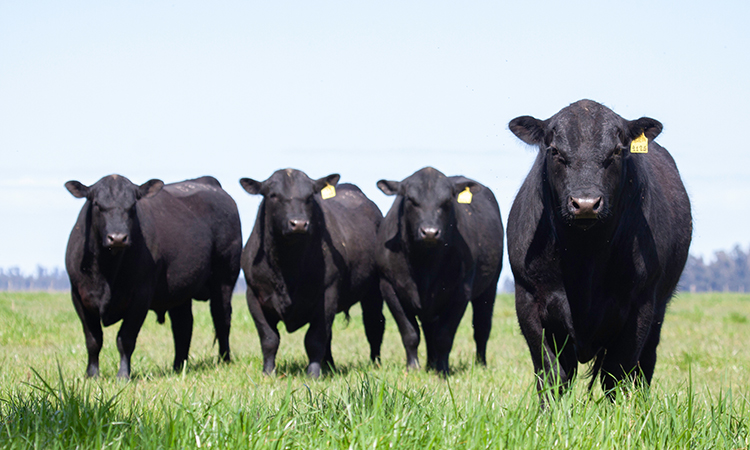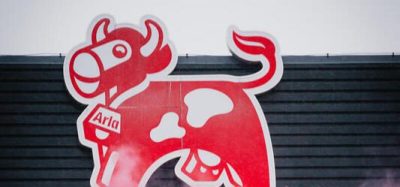Beef industry could cut emissions with land management strategies
- Like
- Digg
- Del
- Tumblr
- VKontakte
- Buffer
- Love This
- Odnoklassniki
- Meneame
- Blogger
- Amazon
- Yahoo Mail
- Gmail
- AOL
- Newsvine
- HackerNews
- Evernote
- MySpace
- Mail.ru
- Viadeo
- Line
- Comments
- Yummly
- SMS
- Viber
- Telegram
- Subscribe
- Skype
- Facebook Messenger
- Kakao
- LiveJournal
- Yammer
- Edgar
- Fintel
- Mix
- Instapaper
- Copy Link
Posted: 6 April 2021 | Joshua Minchin (New Food) | No comments yet
New research suggests Brazil in particular could benefit from field management strategies, which could “drastically” reduce GHG emissions.


An assessment of 12 different strategies for reducing beef production emissions worldwide found that the industry could reduce greenhouse gas (GHG) emissions by as much as 50 percent in certain regions, with the most potential in the US and Brazil, according to a new study published in Global Change Biology.
A research team led by Colorado State University (CSU) and funded by the Climate and Land Use Alliance claims that widespread use of improved ranching management practices in two distinct areas of beef production would lead to substantial emissions reductions. This includes increased efficiency to produce more beef per unit of GHG emitted – growing bigger cows at a faster rate – and enhanced land management strategies to increase soil and plant carbon sequestration on grazed lands.
Globally, cattle produce about 78 percent of total livestock GHG emissions. Yet there are many known management solutions that, if adopted broadly, can reduce, but not totally eliminate, the beef industry’s climate change footprint, according to lead author Daniela Cusack, an assistant professor in the Department of Ecosystem Science and Sustainability at CSU.
Overall, the research team found a 46 percent reduction in net GHG emissions per unit of beef was achieved at sites using carbon sequestration management strategies on grazed lands, including using organic soil amendments and restoring trees and perennial vegetation to areas of degraded forests, woodlands and riverbanks. Additionally, researchers found an overall 8 percent reduction in net GHGs was achieved at sites using growth efficiency strategies.
“Our analysis shows that we can improve the efficiency and sustainability of beef production, which would significantly reduce the industry’s climate impact,” said Cusack.
“But at the same time, we will never reach net-zero emissions without further innovation and strategies beyond land management and increased growth efficiency. There’s a lot of room, globally, for improvement.”
Global analysis
Researchers analysed 292 comparisons of “improved” versus “conventional” beef production systems across Asia, Australia, Brazil, Canada, Latin America and the US. The analysis revealed that Brazilian beef production holds the most potential for emissions reductions.
In the studies analysed, researchers found a 57 percent GHG emission reduction through improved management strategies for both carbon sequestration and production efficiency in Brazil. Specific strategies include improved feed quality, better breed selections and enhanced fertilizer management.
The biggest impact was found in integrated field management, including intensive rotational grazing schemes, adding soil compost, reforestation of degraded areas and selectively planting forage plants bred for sequestering carbon in soils.
“My home country of Brazil has more than 52 million hectares of degraded pastureland – larger than the state of California,” said Amanda Cordeiro, co-author and a graduate student at CSU. “If we can aim for a large-scale regeneration of degraded pastures, implementation of silvo-agro-forestry systems and adoption of other diversified local management strategies to cattle production, Brazil can drastically decrease carbon emissions.”
Next steps
Although the research shows a significant reduction in the GHG footprints of beef production using improved management strategies, scientists don’t yet know the full potential of shifting to these emission-reducing practices because there are very few data on practice adoption levels around the world.
“Asia, for example, is one of the most rapidly growing beef markets, but there is an imbalance between the amount of research focus on improving beef production and the growing demand for beef,” Cusack said.
“We know with the right land management and efficiency strategies in place, it’s possible to have large reductions in emissions across geographic regions, but we need to keep pushing for additional innovations to create a truly transformation shift in the way the global beef system operates to ensure a secure food supply and a healthy environment.”
Related topics
Environment, Research & development, Supply chain, Sustainability









